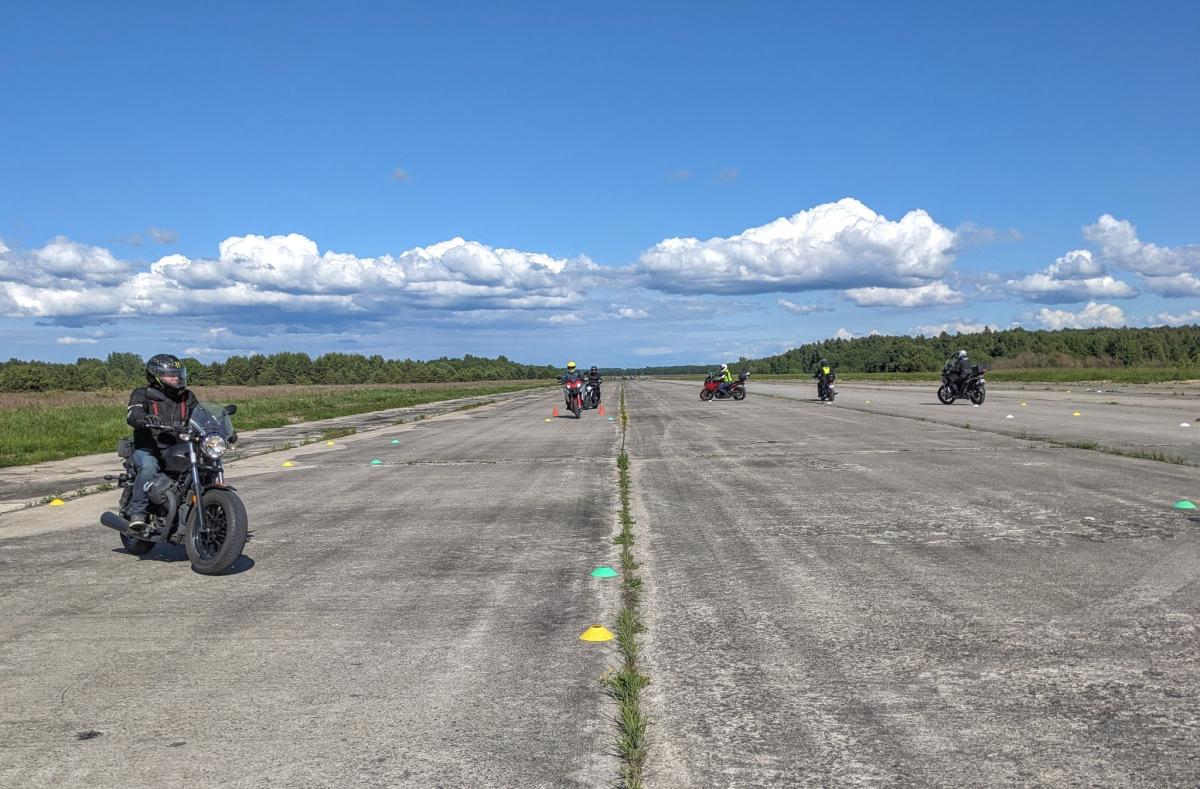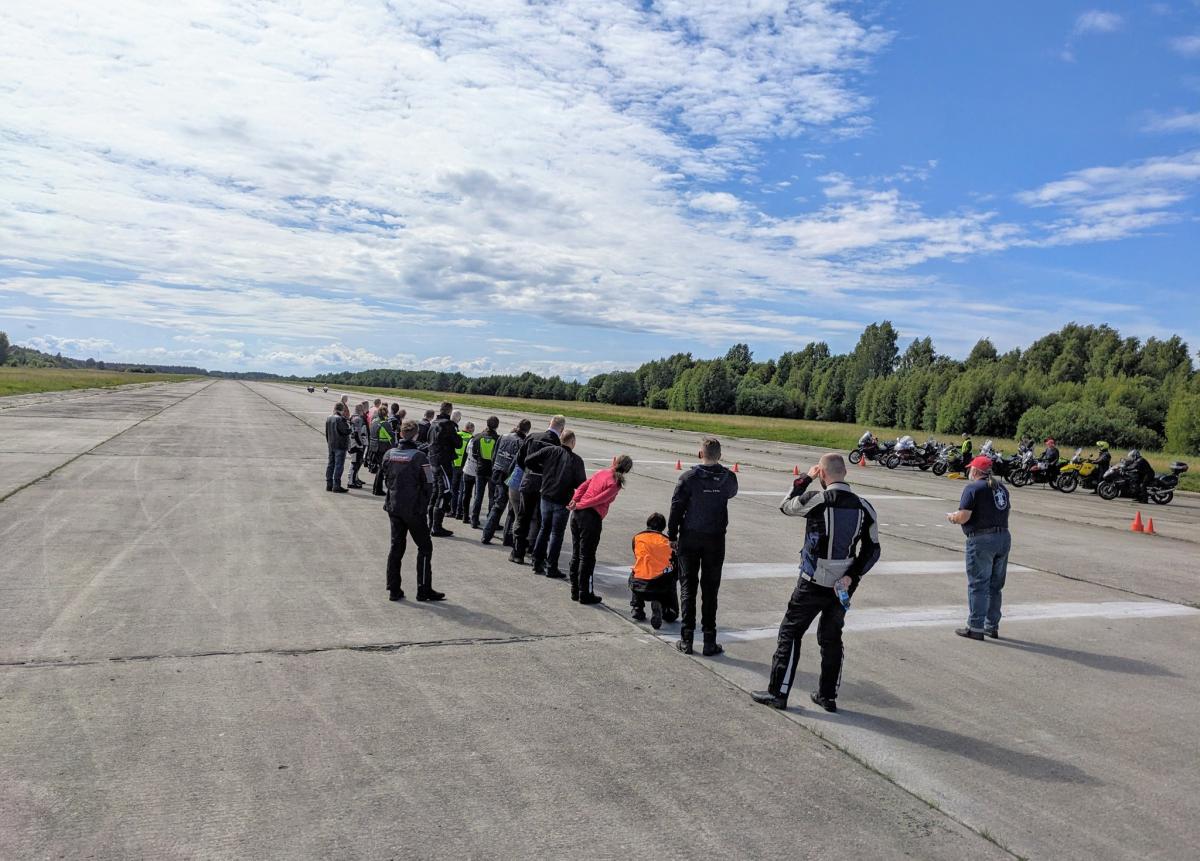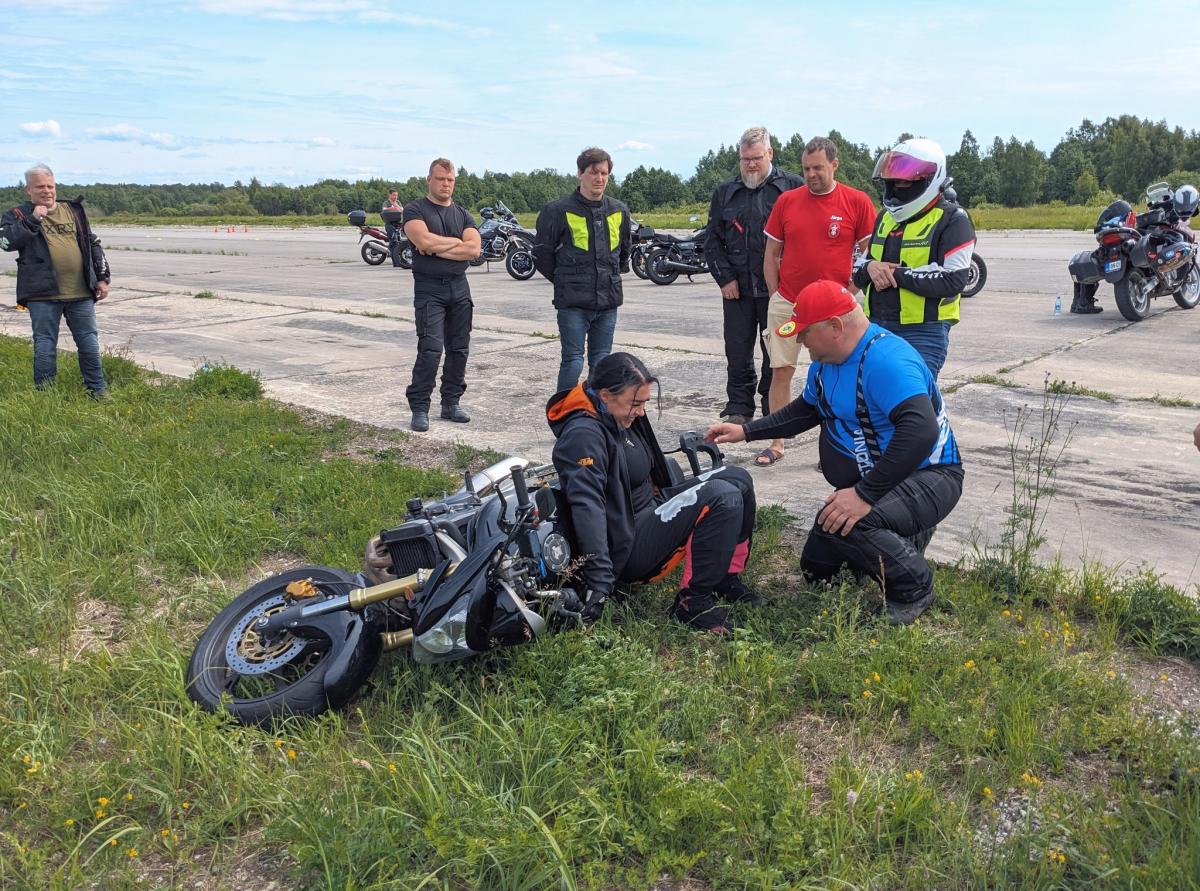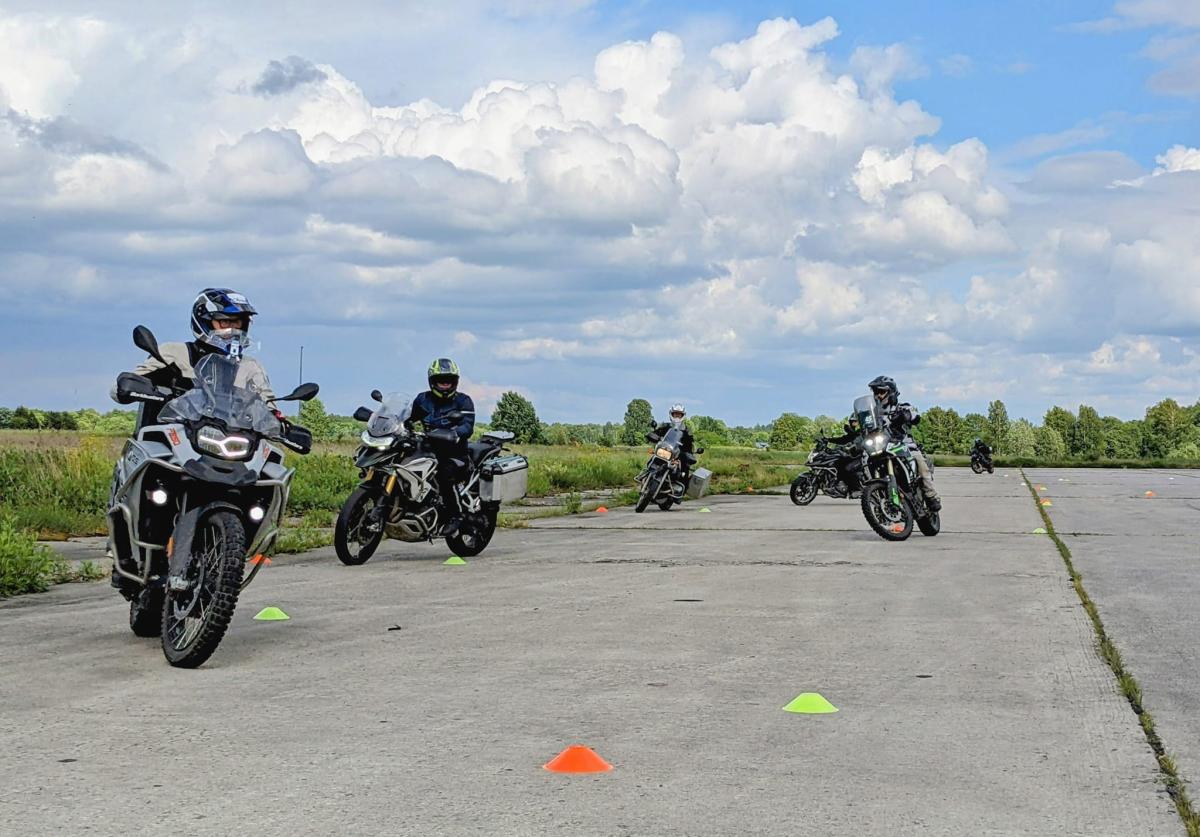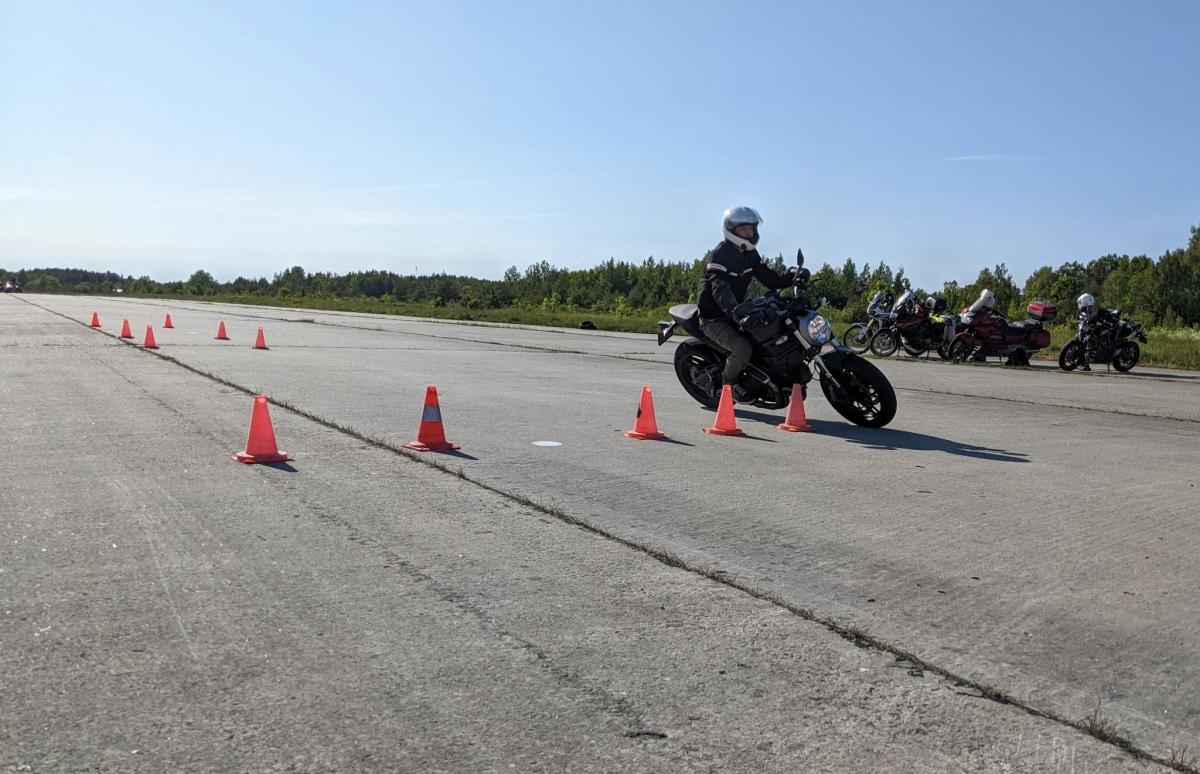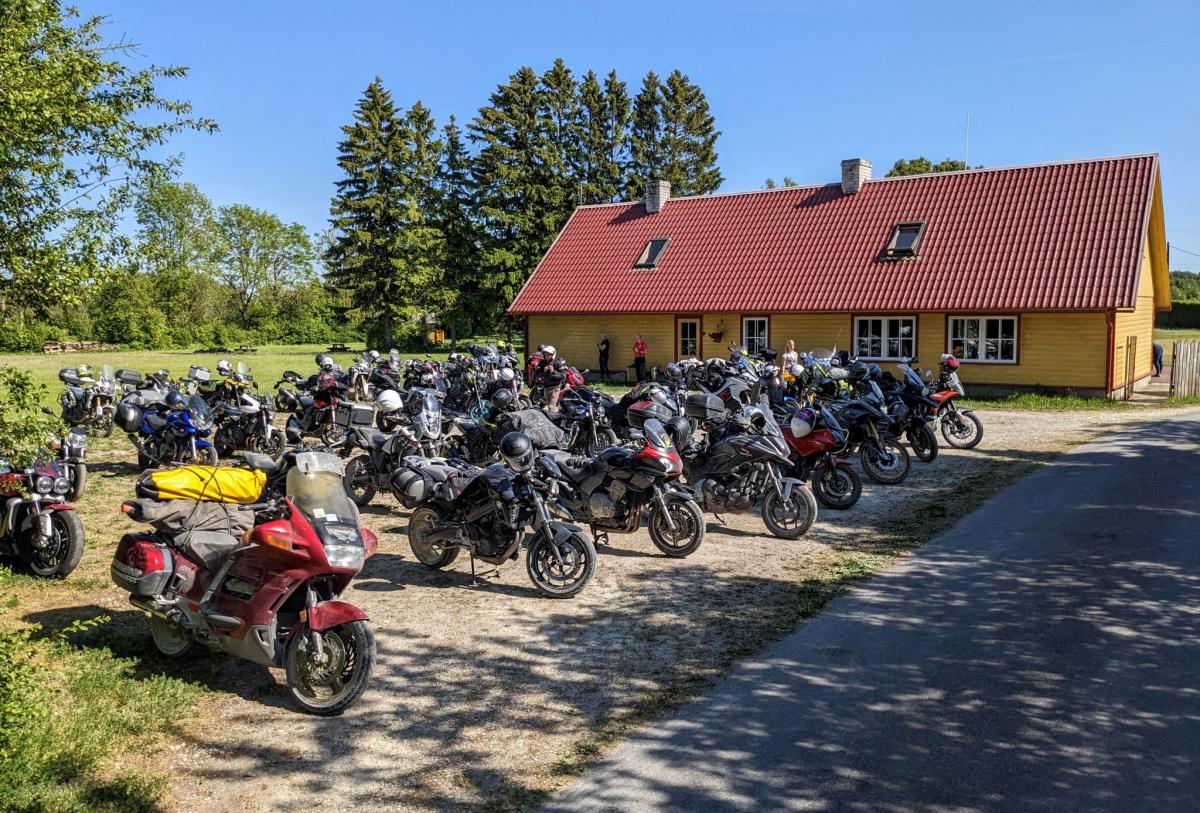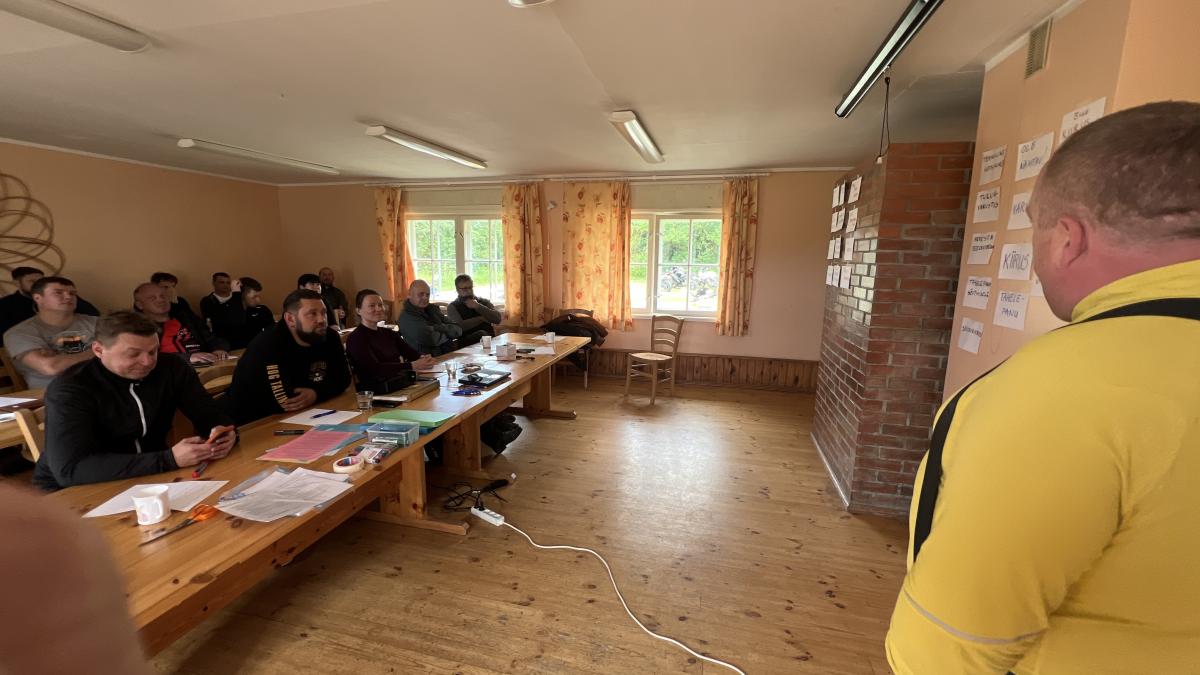Initiative details
Motorcycle drivers are often involved in accidents or the outcome is worsened because of lack of skills. Our goal is to improve the skills and techniques of everyday motorcycle riders to better handle emergency situations and/or prevent driving off the road. The amount of driving lessons in driving schools is not sufficient and the quality varies. Also, there are plenty of riders who got their license a long time ago where the training was non-existent. Fortunately the situation is getting better but is still far from perfect.
Initiative date
Who was/is your target audience?
Young adults 17-25
Adults
Topic
Knowledge building and sharing
Provide alternative solutions
Training
Organisation details
Eesti Motomatkajate Klubi MTÜ (non-profit)
Association
Estonia
Tallinn
Contact name
Heikki Kitt
Telephone number
+37256565058
heikki@emmk.ee
Website link
Project activities
If you work together with external partners, list the most important partners and briefly describe their role.
Our main external partner is our accommodation provider who also offers catering. The course is partly a social event were at the end of the first day we enjoy sauna and discussions about motorcycling in a relaxed and friendly environment.
Please describe the project activities you carried/are carrying out and the time period over which these were implemented.
We organize 2-day courses 3-4 times a year in the beginning of the motorcycle driving season. Each course has room for 30 students. The course consists of lectures about road safety, driving in a group, cornering, braking, driving mechanics, a group activity analysing the reasons for accidents and how to prevent them and practical driving exercises - driving slowly, making a U-turn, emergency braking, using counter-steering to swerve around obstacles. We teach about driving position (how to sit and hold yourself on the bike during these exercises and maneuvers). The instructors are all avid motorcycle enthusiasts themselves and drive every season and also travel as we are a touring club. So the course has an important aspect of passing on knowledge from a fellow rider.
We started in 2003 with the help of Finnish instructors from club MP-69 ry and have improved and refined our course over these 20 years.
We also have a continuation course were we ride and brake on gravel roads. From time to time we have also held one day courses focusing on the practical exercises.
We started in 2003 with the help of Finnish instructors from club MP-69 ry and have improved and refined our course over these 20 years.
We also have a continuation course were we ride and brake on gravel roads. From time to time we have also held one day courses focusing on the practical exercises.
In terms of implementation, what worked well and what challenges did you need to overcome?
We pride ourselves with the feedback we give on the practical exercises. Every performance gets individual feedback and advice to improve the next one. That has proven to work well over the years.
One of the challenges we faced was the uneven skills different riders have. We overcame this with the registration process were we ask questions about each rider's experience, age and time of getting their license. Based on that information we are able to divide the attendees into 3 groups and ensure an even development of skills within a group as the 2-day course is quite intense.
One of the challenges we faced was the uneven skills different riders have. We overcame this with the registration process were we ask questions about each rider's experience, age and time of getting their license. Based on that information we are able to divide the attendees into 3 groups and ensure an even development of skills within a group as the 2-day course is quite intense.
Evaluation
Please summarise how you have evaluated the initiative’s impact (e.g. social media reach, survey, feedback forms, statistics).
Our main form of feedback has been the attendance rate of courses (full house) and the time it takes to sell the tickets. The usefulness and quality has spread by word of mouth and really no marketing has been necessary.
What has been the effect of the activities?
More than 2000 motorcyclists have attended our courses in 20 years.
The impact to the number of accidents is hard to measure but from the statistics we can see that at the time where the number of riders has increased, the number of fatal accidents has remained the same or even been lower in some years.
The impact to the number of accidents is hard to measure but from the statistics we can see that at the time where the number of riders has increased, the number of fatal accidents has remained the same or even been lower in some years.
Please briefly explain why your initiative is a good example of improving road safety.
Motorcycles are vehicles that require a specific skills to operate and handle in different situations. The better the knowledge about the physics of motorcycles and the better the driving skills, the less there are accidents.
Driving off the road or falling because of wrong braking techniques are directly related to skill. Offering a source of knowledge and a place to practice for a reasonable price is an easy way to improve these skills and make motorcycling more enjoyable.
Driving off the road or falling because of wrong braking techniques are directly related to skill. Offering a source of knowledge and a place to practice for a reasonable price is an easy way to improve these skills and make motorcycling more enjoyable.
How have you shared information about your project and its results?
Our course has had media coverage - articles in magazines and interviews in radio shows. Our course is well-known in the community in Estonia and is he only major on intended for everyday street rider.
